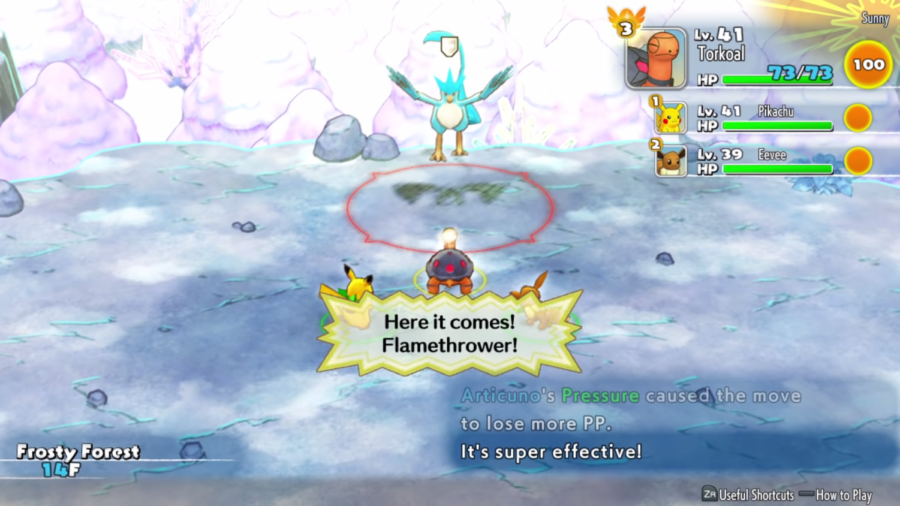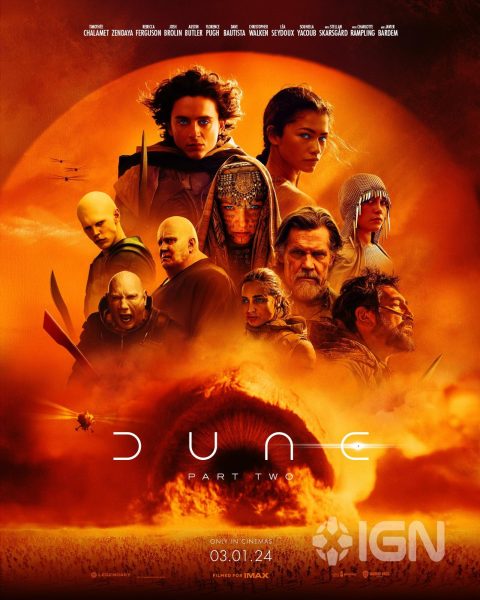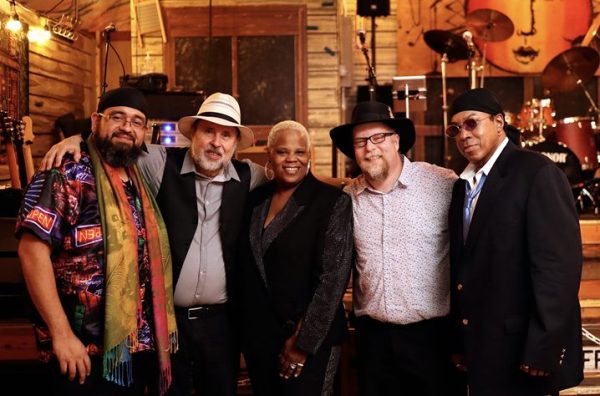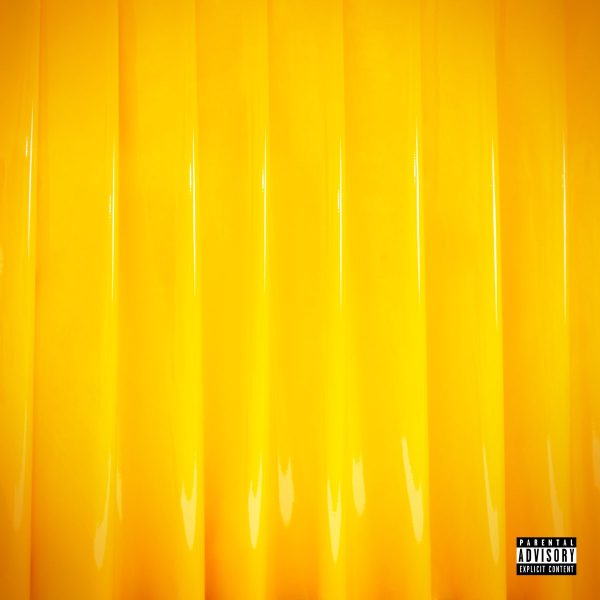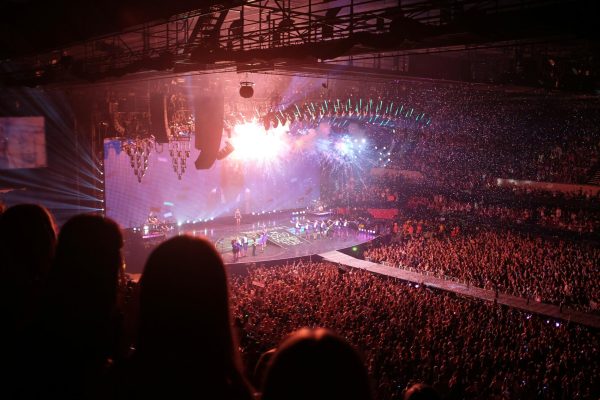“Pokémon Mystery Dungeon: Rescue Team DX” fails to live up to its predecessors
The remake “Pokémon Mystery Dungeon: Rescue Team DX” fails to capture the nostalgia of its original version.
March 9, 2020
Nintendo’s “Pokémon Mystery Dungeon: Rescue Team DX” offers a less than stellar remake to the original.
“Rescue Team DX” is a remake of the 2005 games “Pokémon Mystery Dungeon: Blue Rescue Team” and “Red Rescue Team,” originally made for the Nintendo DS and Game Boy Advance, respectively.
The 2020 remake of these games follow the same style of gameplay by leading Pokémon through various dungeons, collecting items and capturing new Pokémon. With only a few new elements scattered here and there, “Rescue Team DX” fails to do its predecessors justice.
The main complaint from multiple game reviewers is the repetitiveness of each dungeon. While “Rescue Team DX” may have a dungeon-crawler style of game play, that is no excuse for lackluster content.
In dungeon-crawling games, paying attention to one’s inventory and the lifesaving items contained in that inventory is vital to keeping all of the player’s Pokémon alive. That being said, “Rescue Team DX” is incredibly unforgiving in its inventory system.
The player has a limited amount of space available in the inventory to hold items before going into a dungeon, therefore there is even less space to hold items that are collected while in the dungeon. While dungeon exploring should be fun, players mostly find themselves preparing for the worst case scenario in that they completely run out of items.
Another frustrating element in the dungeons are the non-playable characters (NPC) that seem to attack at random. While there is an availability of eight Pokémon to have in one’s team, four more than the original games, it can become difficult to maneuver around the cramped dungeons. Pokémon on the player’s team follow the lead Pokémon, controlled by the player, in a single file line. This can add up to a long line forming behind the player, which attracts enemy NPC’s who attack the Pokémon at the end of the line, making it difficult to go and help the stragglers in the back.
When it comes to combat in “Rescue Team DX”, there is once again some action left to be desired. Each Pokémon on the player’s team has a set number of four attack moves they can perform during combat. The way to learn new moves is not apparent, the player must visit the move trainer to learn more. One plus side to the combat is that every Pokémon in the team levels up at the same time. If the player mainly uses the first three Pokémon on their rescue team and levels them up rapidly, even the least used Pokémon on their team will be at the same level as the rest.
While “Rescue Team DX” appears to be a disappointment overall, there are a few silver linings. One major improvement from the Nintendo DS and Game Boy Advance games is the art style. The design of this remake looks like a beautiful combination of oil paintings as well as classic story books. There is at least one artwork on screen at all times that gives the player something pleasant to look at.
The soundtrack to “Rescue Team DX” is another major plus. The unique songs of each dungeon are beautiful and catchy. The original games’ composer, Arata Iiyoshi, clearly set a bar for composers to aspire to, which they passed with flying colors.
Final Verdict: 5/10

